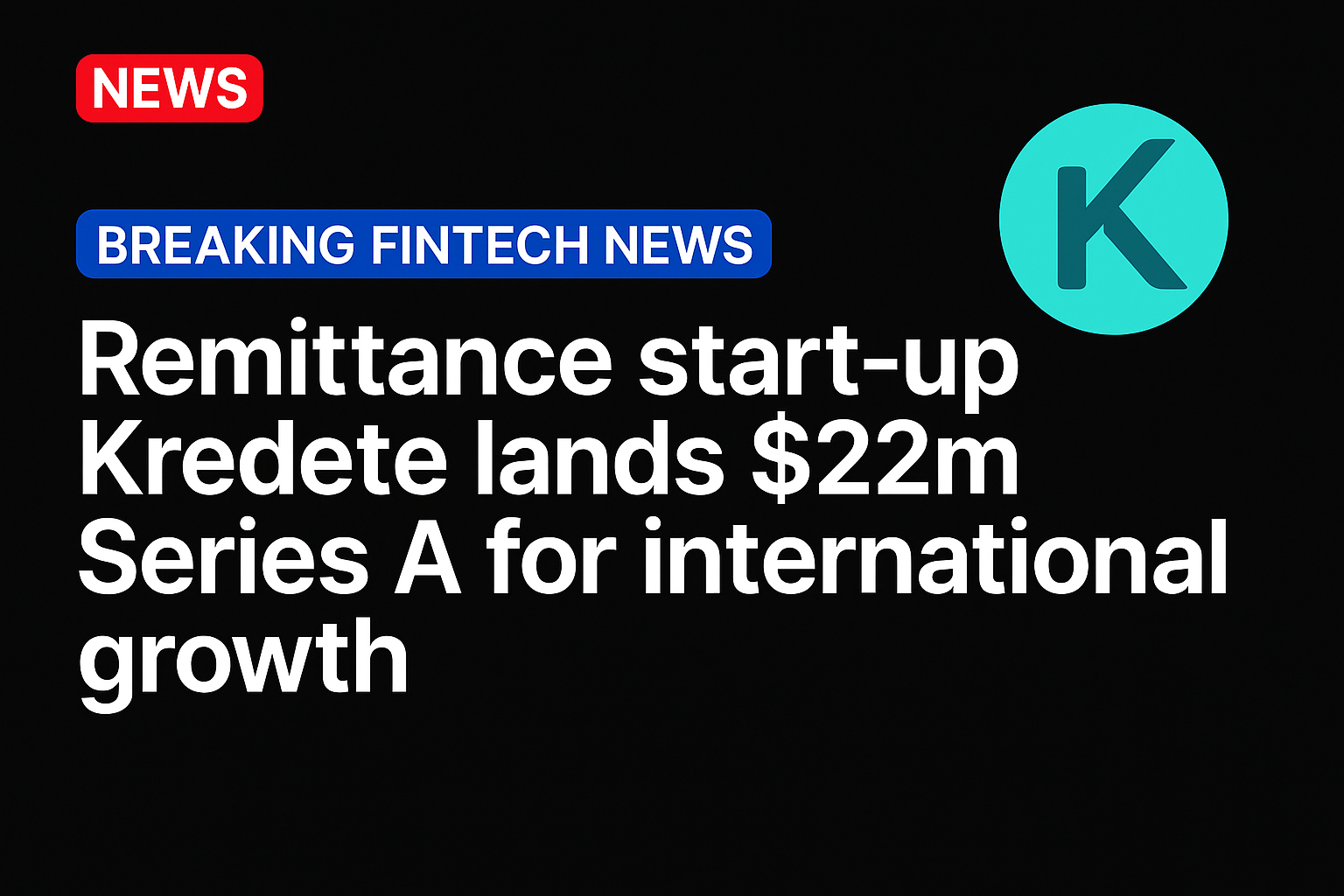When TikTok exploded during lockdown, it was mostly a place for dance challenges, bread-making tips and a much-needed distraction from reality. But its rapid rise has transformed it into something far bigger. Fuelled by an evolving user base and sheer momentum, TikTok has expanded its features, monetised its audience and reshaped cultural conversations.
TikTok boasts a massive global user base, exceeding two billion monthly active users, many of whom are increasingly turning to social media for investing tips, budgeting hacks, and crypto insights. As a result, ‘finfluencers’ are fast becoming modern-day financial advisors.
While it’s difficult to pinpoint the number of finfluencers, as it’s an evolving term, what’s clear is that a significant number of individuals are actively sharing financial advice and information on social media platforms. And people are listening. Some studies estimate that a large portion of young people (nearly 80 per cent) rely on social media for financial guidance.
Although their reach is undeniable, so are the risks: misinformation, unclear disclaimers, and shaky accountability.
A UK study released in May highlights growing concerns over financial creators, especially as their audiences now rival traditional banking institutions. Meanwhile, fintech brands are doubling down on influencer partnerships, favouring micro-creators who resonate with Gen Z and Millennial users.
The question isn’t whether to use finfluencers, it’s how to do it ethically, transparently, and strategically.
The double-edged sword of finfluencer marketing
Financial influencers – whether seasoned experts or self-taught enthusiasts – are reshaping conversations around personal finance. Some creators offer nuanced, insightful takes on wealth building and investing. Others, however, operate in something of a grey area, sometimes promoting risky strategies or failing to disclose paid partnerships.
As someone who has worked for years amplifying fintech brands, I do have concerns about social finance creators. While their audiences rival those of traditional institutions, the absence of standardised disclaimers and regulatory oversight could put consumers at risk. For the kind of fintech brands I represent, the appeal of influencer partnerships is clear; they promise authentic engagement, cultural relevance and access to younger demographics.
But without a structured approach, these collaborations could just as easily become reputational liabilities.
Building an ethical finfluencer strategy
The benefits of a finfluencer partnership are clear, so the real question is how brands can harness these benefits while ensuring compliance and consumer protection? My advice is to practice careful vetting, transparent disclosures and responsible storytelling:
- Vetting creators without killing creativity. Due diligence is key, but so is creative freedom. Brands should assess a creator’s credibility, financial knowledge, and audience engagement. Instead of restricting influencers with rigid scripts, fintech brands can encourage authentic narratives while setting clear guidelines on accuracy and compliance.
- What a best-in-class disclaimer looks like. Transparency is non-negotiable. Whether through clear captions, pinned comments, or standardised disclosure formats, disclaimers should be explicit about partnerships, risks, and the limitations of financial advice. Generic ‘this is not financial advice’ disclaimers are often not enough. Clarity and consumer education are vital. If in doubt, the Financial Conduct Authority (FCA) provides helpful guidelines on financial promotions, and an expert PR team can ensure these disclaimers are strategically crafted and effectively communicated, reinforcing trust and credibility with audiences.
- Walking the fine line between storytelling and overpromising. Finfluencers thrive on relatability and success stories, but promising guaranteed outcomes is a dangerous game. Responsible financial marketing should focus on education, scenario-based advice, and an emphasis on diverse financial experiences, not unrealistic guarantees.
Where finfluencer strategy goes next
Fintech brands are at the forefront of shaping financial conversations in a digital-first world, and part of this means leveraging finfluencers to drive engagement, education, and brand visibility. But this strategy isn’t without its challenges. The evolving regulatory landscape demands vigilance, while audience trust hinges on authenticity and transparency.
As the influencer space continues to mature, fintechs must strike the right balance between impact and integrity. The most successful brands will embrace best practices in disclosure, risk management, and content strategy while staying agile enough to adapt to shifting expectations. Those who navigate this landscape with precision won’t just benefit from the movement, they will define its future, setting the standard for responsible and effective financial influence.
Source: https://thefintechtimes.com/





